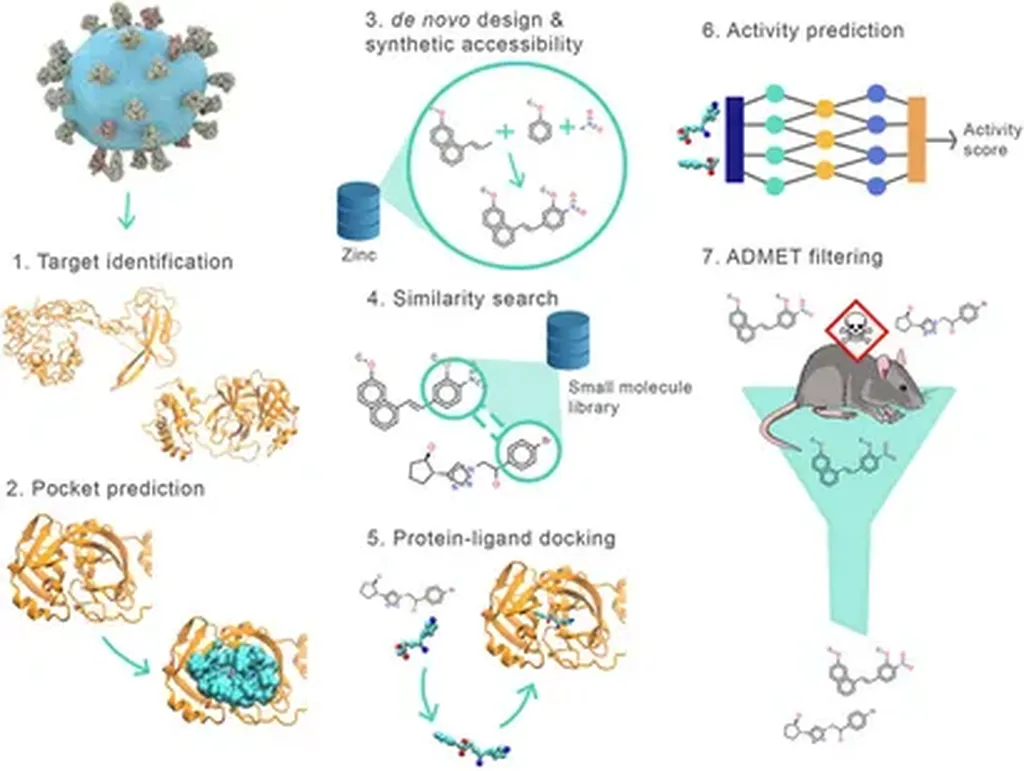In the realm of energy and materials science, a team of researchers from the University of Oxford and the pharmaceutical company AstraZeneca has developed a novel approach to generate flexible molecular structures, which could have significant implications for drug discovery and materials design. The team, led by Riccardo Tedoldi and including Ola Engkvist, Patrick Bryant, Hossein Azizpour, Jon Paul Janet, and Alessandro Tibo, has introduced a new architecture called FlexiFlow that enables the joint sampling of molecules along with multiple conformations.
The generation of useful three-dimensional molecular structures and their most favorable conformations is a critical challenge in drug discovery. Current state-of-the-art methods, such as flow matching or diffusion-based models, are limited to generating a single conformation. However, the conformational landscape of a molecule determines its observable properties and how tightly it can bind to a given protein target. By generating a representative set of low-energy conformers, researchers can more directly assess these properties and potentially improve the ability to generate molecules with desired thermodynamic observables.
FlexiFlow extends flow-matching models, allowing for the joint sampling of molecules along with multiple conformations while preserving both equivariance and permutation invariance. The researchers demonstrated the effectiveness of their approach on the QM9 and GEOM Drugs datasets, achieving state-of-the-art results in molecular generation tasks. The model can generate valid, unstrained, unique, and novel molecules with high fidelity to the training data distribution, while also capturing the conformational diversity of molecules.
One of the key advantages of FlexiFlow is its ability to generate conformational ensembles that provide similar coverage to state-of-the-art physics-based methods but at a fraction of the inference time. This efficiency could significantly speed up the drug discovery process and reduce costs. Additionally, FlexiFlow can be successfully transferred to the protein-conditioned ligand generation task, even when the dataset contains only static pockets without accompanying conformations.
The practical applications of this research extend beyond drug discovery. In the energy sector, the ability to generate and assess molecular structures with specific properties could aid in the design of new materials for energy storage, conversion, and transmission. For instance, understanding the conformational landscape of molecules could help in the development of more efficient batteries, catalysts, or solar cells.
The research was published in the journal Nature Machine Intelligence, highlighting the significance of the work in the field of machine learning and its potential impact on various industries, including energy and pharmaceuticals. As the energy sector continues to seek innovative solutions to global challenges, advancements in molecular design and generation could play a crucial role in shaping the future of energy technologies.
This article is based on research available at arXiv.

